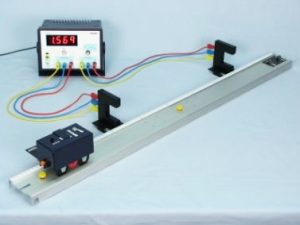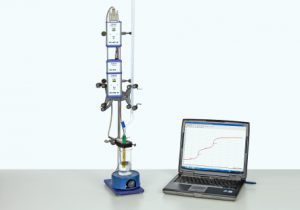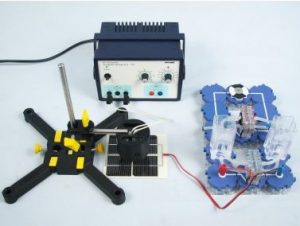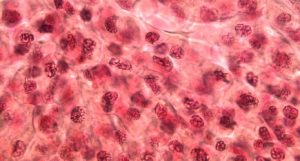Station 1: Digital learning

The pupils should develop the notion of linear uniform motion experimentally, by deriving the speed of the powered car from the measurement of the distance and time. The experiment should be carried out with different distances and car speeds.
From the measurement values obtained the pupils should recognize that the speed within the distances measured in these experiments is constant and that therefore the term „uniform“ applies to them.
From the measurement values obtained the pupils should recognize that the speed within the distances measured in these experiments is constant and that therefore the term „uniform“ applies to them.
Motors with a low performance are frequently constructed on the principle of an electromagnet which rotates in the magnetic field of a permanent magnet. It can be assumed that the students already have knowledge on electromagnets, permanent magnets and the reciprocal effects between magnetic fields. They are now to use a model of a permanent magnet – direct current motor to become acquainted with the principles of the construction and the functioning of an electric motor.
All students will be familiar with slide projectors, and many will be interested in their construction and mode of operation. Hence they will usually be motivated for this experiment.
Note: This experiment is a model experiment and as such only suitable for the investigation of the basic physical principles of a slide projector.
A cart is repeatedly accelerated to a constant velocity by way of a mechanical starter system. The runtime of the cart is determined at various intervals. These values are then used to determine the average velocity.
Phosphoric acid and sodium hydroxide are to be used to give an example of a titration of a polyvalent acid with a strong base.
Whereas coal, natural gas and crude oil sources will be exhausted in the not too distant future, the sun is expected to continue to exist in the form known to us for about 5 billion years. Solar energy can be utilised, but is not always available when it is needed. It must therefore be stored for utilisation of it around the clock. Hydrogen could be the future solution for the storage problem. The excess energy of the sun can be used to separate water into hydrogen and oxygen, which enables the energy to be stored in pressure tanks, cryogenic tanks or metal hydrides. When this energy is required, at night, for example, a fuel cell can be used to convert the hydrogen back to electric energy and water. This process functions without any hazardous waste products that would pollute the environment. Solar cells are mostly used to make solar energy utilisable in the first place. They usually consist of doped silicon. A voltage is induced in them by the photoelectric effect, so that a great light intensity results in a high performance to the electrolyzer. This leads in turn to a greater gas production.
The nucleus is recognizable under the light microscope as a circular object. It can be seen even without previous staining. The nucleus is the control center of many cellular processes and harbors the hereditary information. The nucleus contains filamentous structures (chromatin) which after staining appear as a homogenous mass. Cell division always commences with a division of the nucleus (mitosis). In preparation to this division, the filaments retract and become shorter and thicker. Staining now makes distinctive objects visible, i.e. the chromosomes. The genetic information they contain has already undergone reduplication. The membrane that envelopes the nucleus dissolves, the chromosomes gather in the center of the cell. Attached to the spindle apparatus they migrate to the poles of the cell, where they form two new nuclei. Only then does the body of the cell divide and thus two daughter cells are created.
Digital lessons for natural sciences with tablets
Time-saving, intuitive, motivating and future-proof

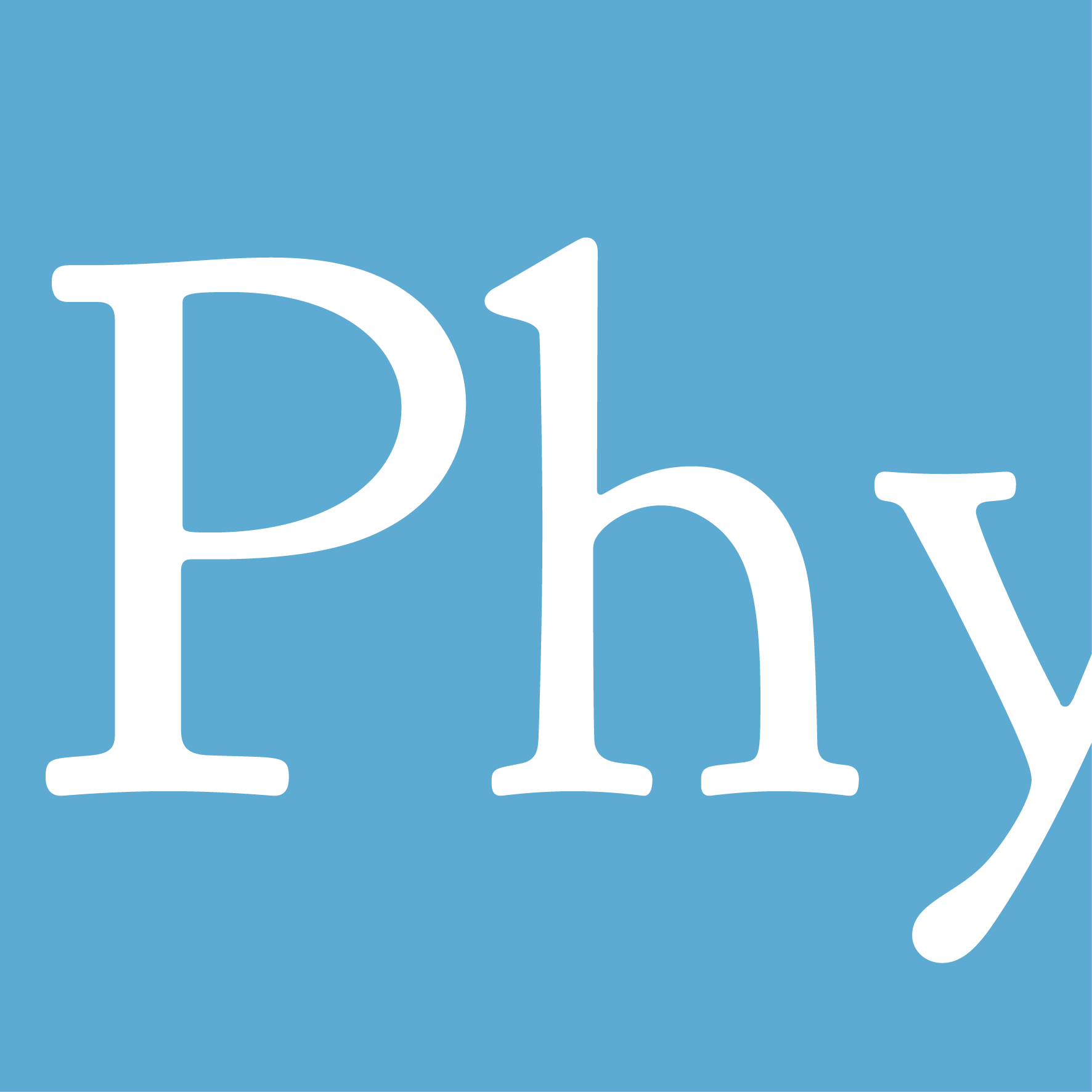
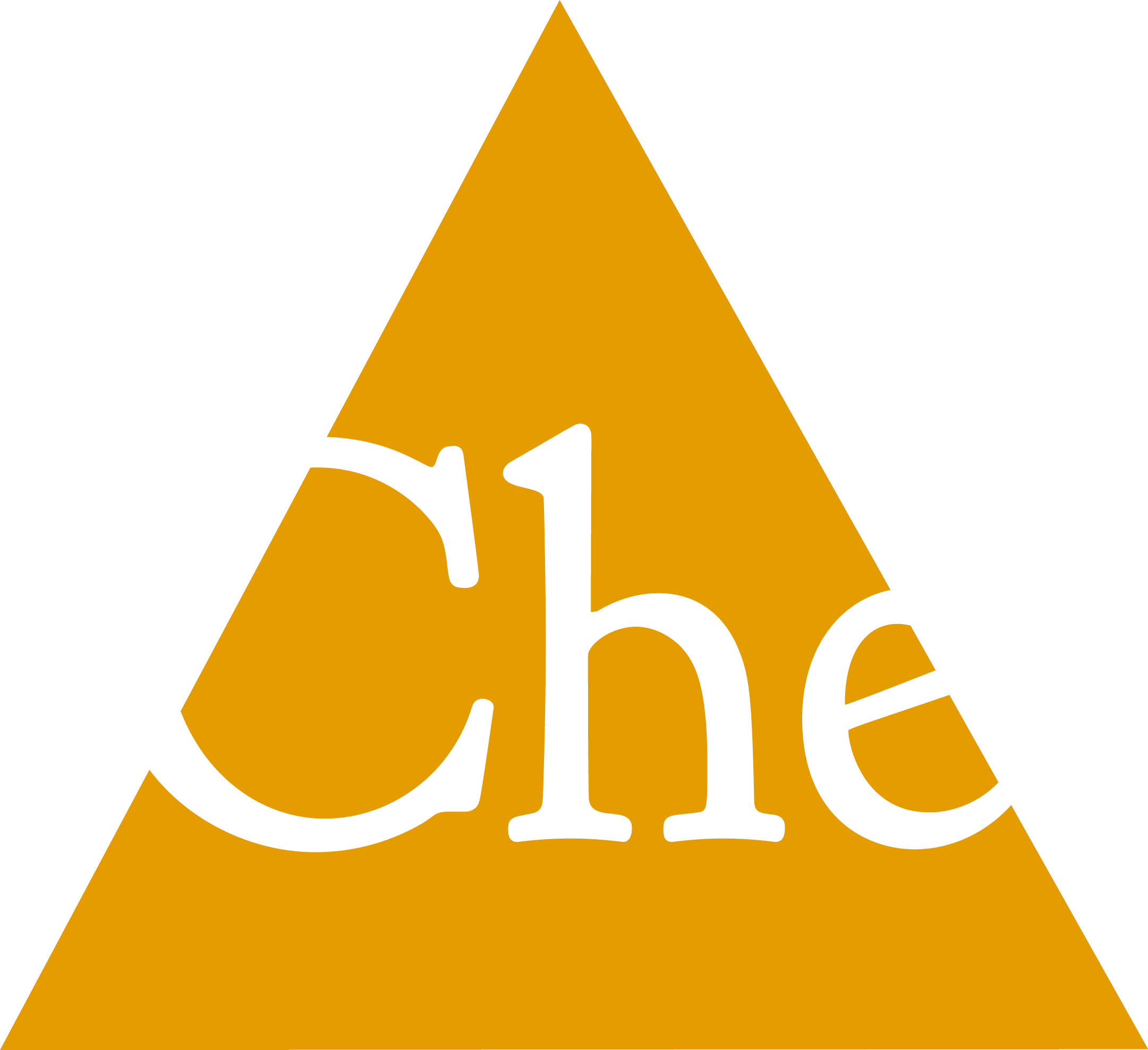

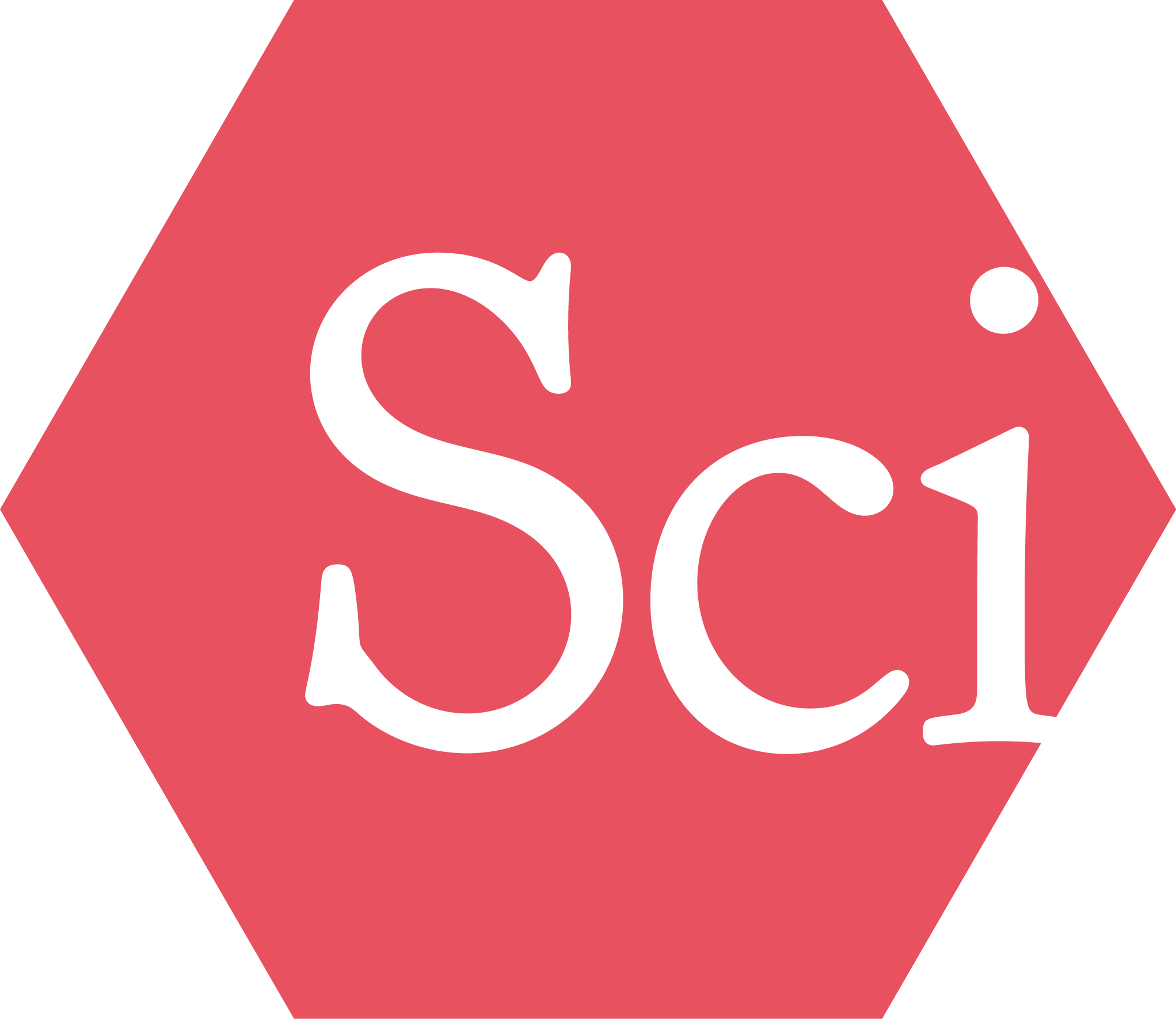
Future is digital,
education will be digital as well.
Act now and participate! Organise your lessons with digital media (tablets, laptops, smartphones and digital content, like PHYWE curricuLAB® for natural sciences).
